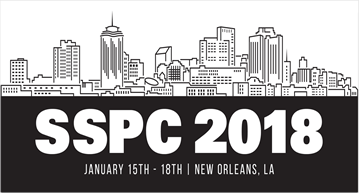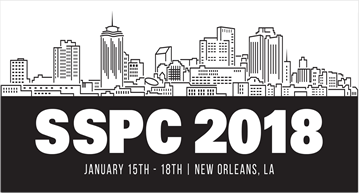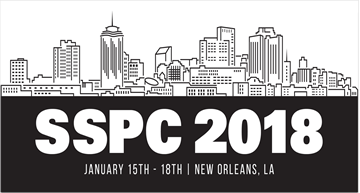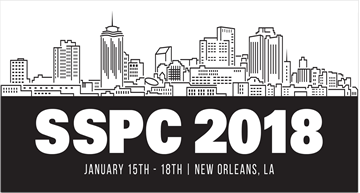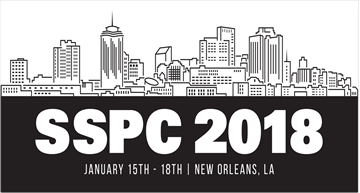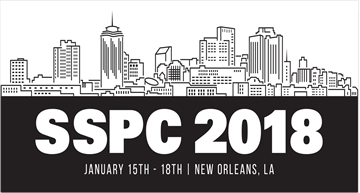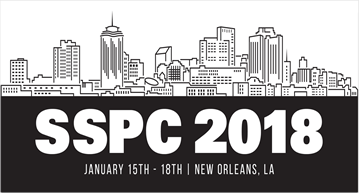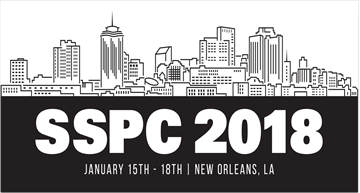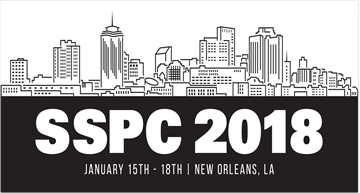Search
Products tagged with '2018 Conference Papers'
View as
Sort by
Display
per page
Steel Grit Blasting Improves Productivity and Quality
Product Number:
51218-157-SG
Publication Date:
2018
$20.00
Step Change Epoxy Coatings for Pipes, Tanks, Vessels and Railcars
Product Number:
51218-104-SG
Publication Date:
2018
$20.00
Step Change Epoxy Coatings for Pipes, Tanks, Vessels and Railcars
Product Number:
51218-089-SG
Publication Date:
2018
$20.00
Strengthening Concrete and Steel Bridges Using FRPs
Product Number:
51218-093-SG
Publication Date:
2018
$20.00
Successful Surface Preparation of Hot-Dip Galvanized Iron & Steel and Hardware Surfaces for Painting
Product Number:
51218-121-SG
Publication Date:
2018
$20.00
Tank U: Details to Consider When Specifying Exterior Coatings for Carbon Steel Tanks
Product Number:
51218-148-SG
Publication Date:
2018
$20.00
Temporary Coating for In Process or Storage Applications
Product Number:
51218-092-SG
Publication Date:
2017
$20.00
The Benefits of Steel Grit Blasting and Recycling
Product Number:
51218-156-SG
Publication Date:
2018
$20.00
The Use of Ultra-High Solids, Fast Return to Service Coatings on Concrete Structures to Shorten the Construction Schedule at the Expansion of the Norman, OK, Wastewater Treatment Plant
Product Number:
51218-117-SG
Publication Date:
2018
$20.00
The History of Protective Coating Use in- US Nuclear Power Plant
Product Number:
51218-165-SG
Publication Date:
2018
$20.00
THE IMPACT OF COATING SYSTEMS ON THE TECHNOLOGY REQUIRED TO SUSTAIN US AIR FORCE SYSTEMS DoD
Product Number:
51218-151-SG
Publication Date:
2018
$20.00
Updating ASTM D7091 Standard Practice for Coating Thickness Measurement
Product Number:
51218-088-SG
Publication Date:
2018
$20.00

